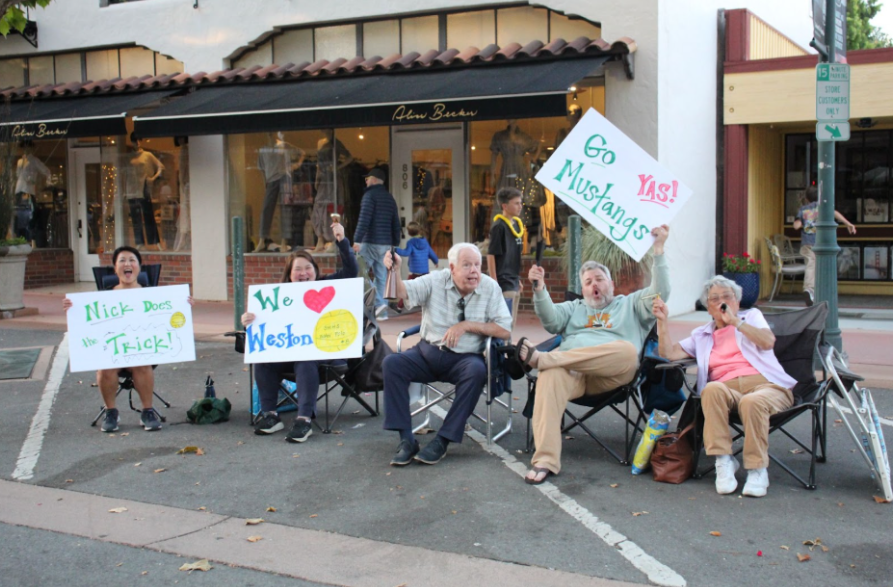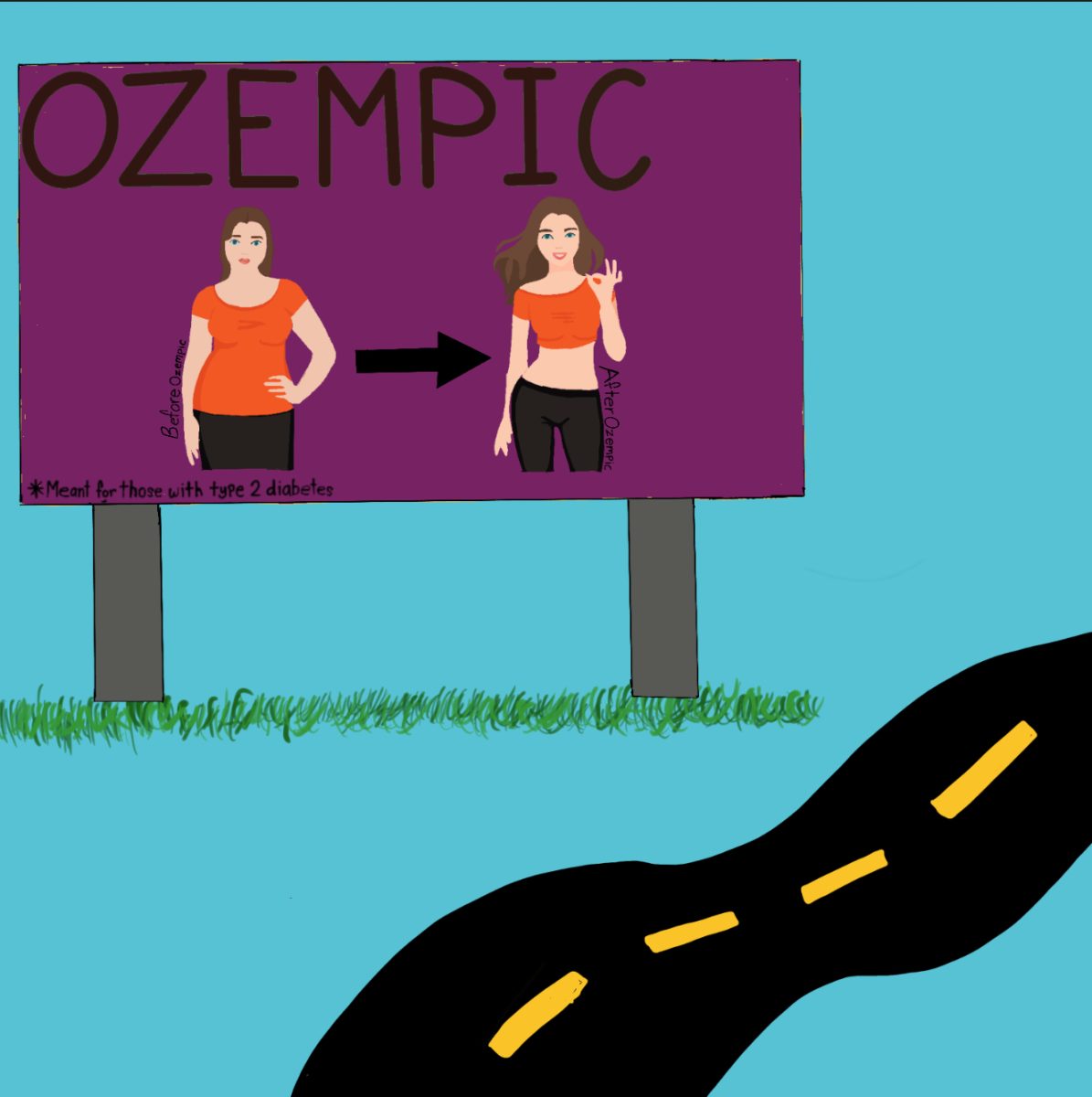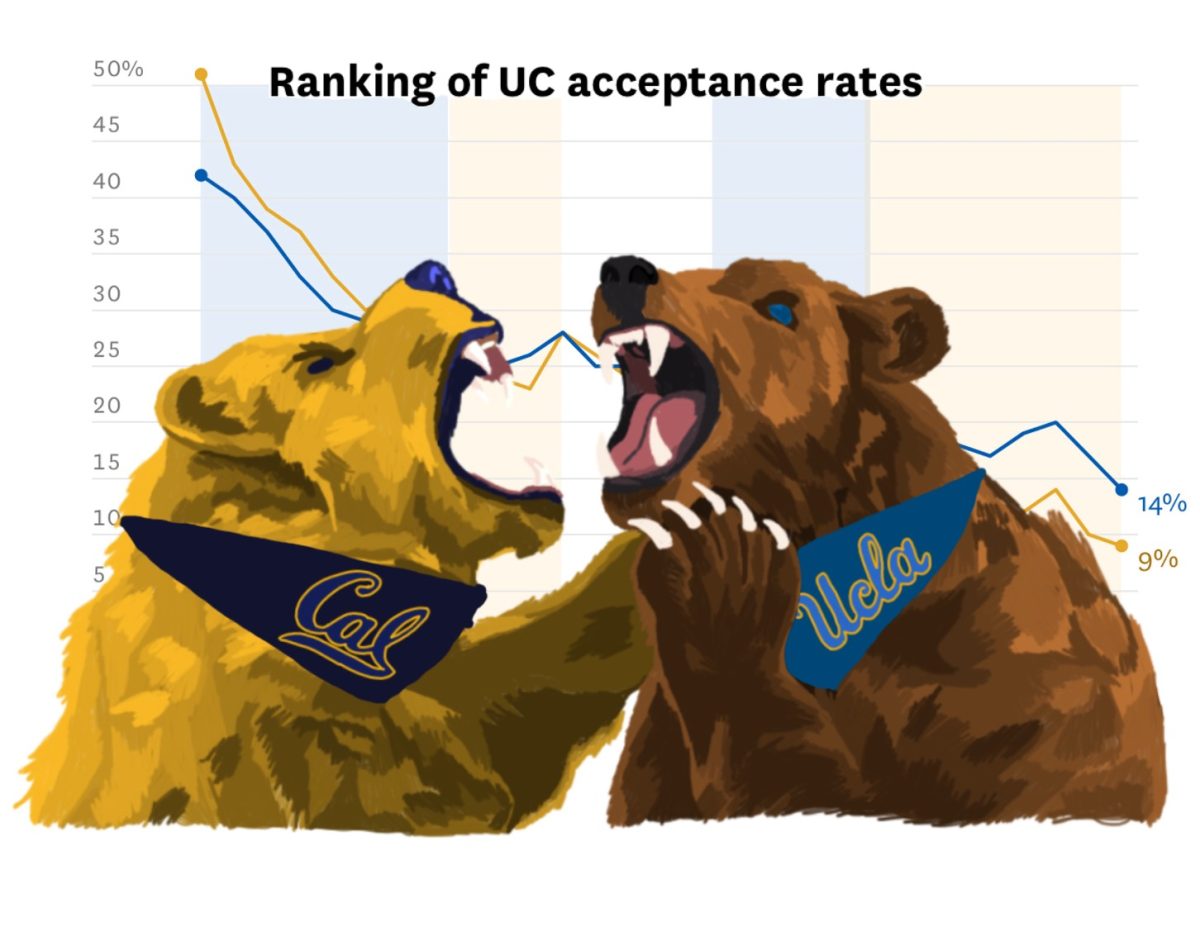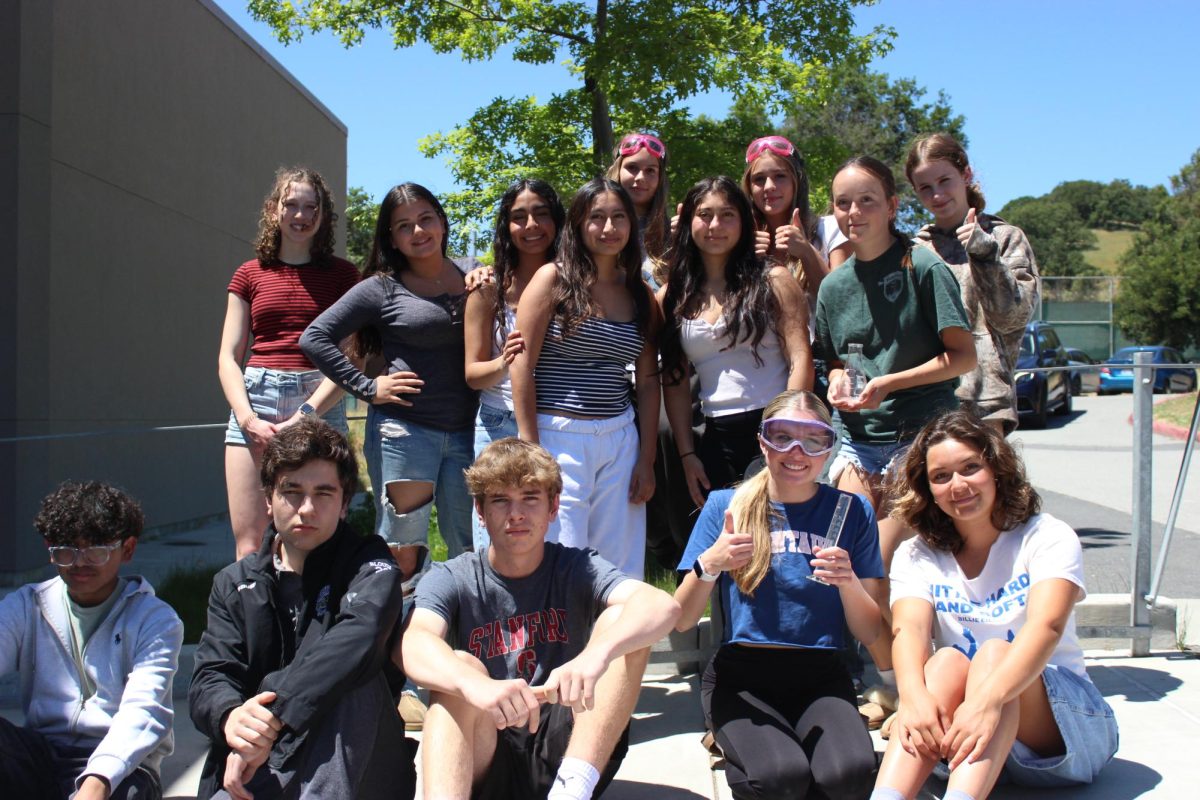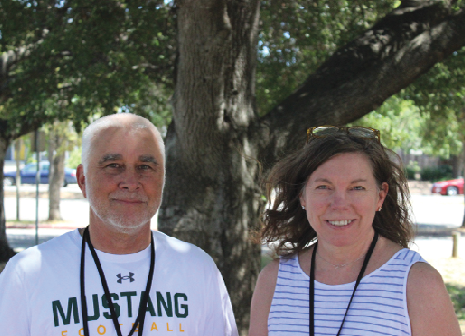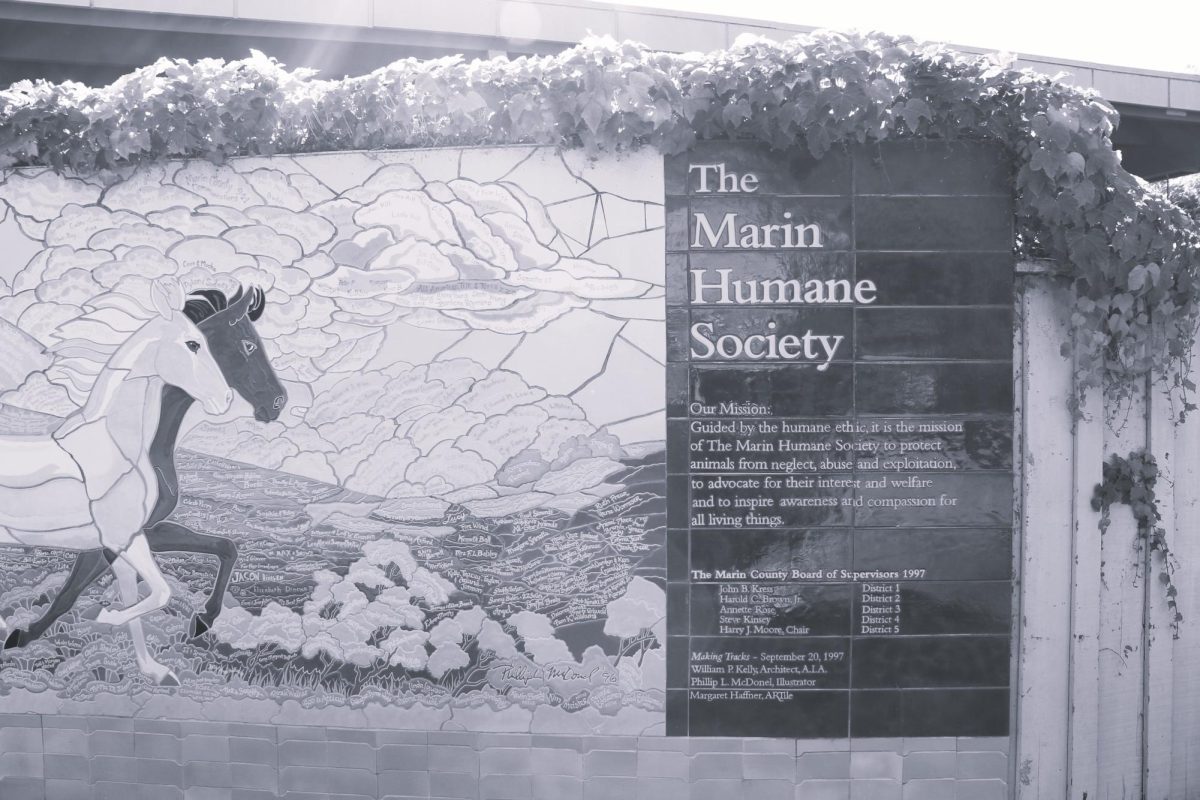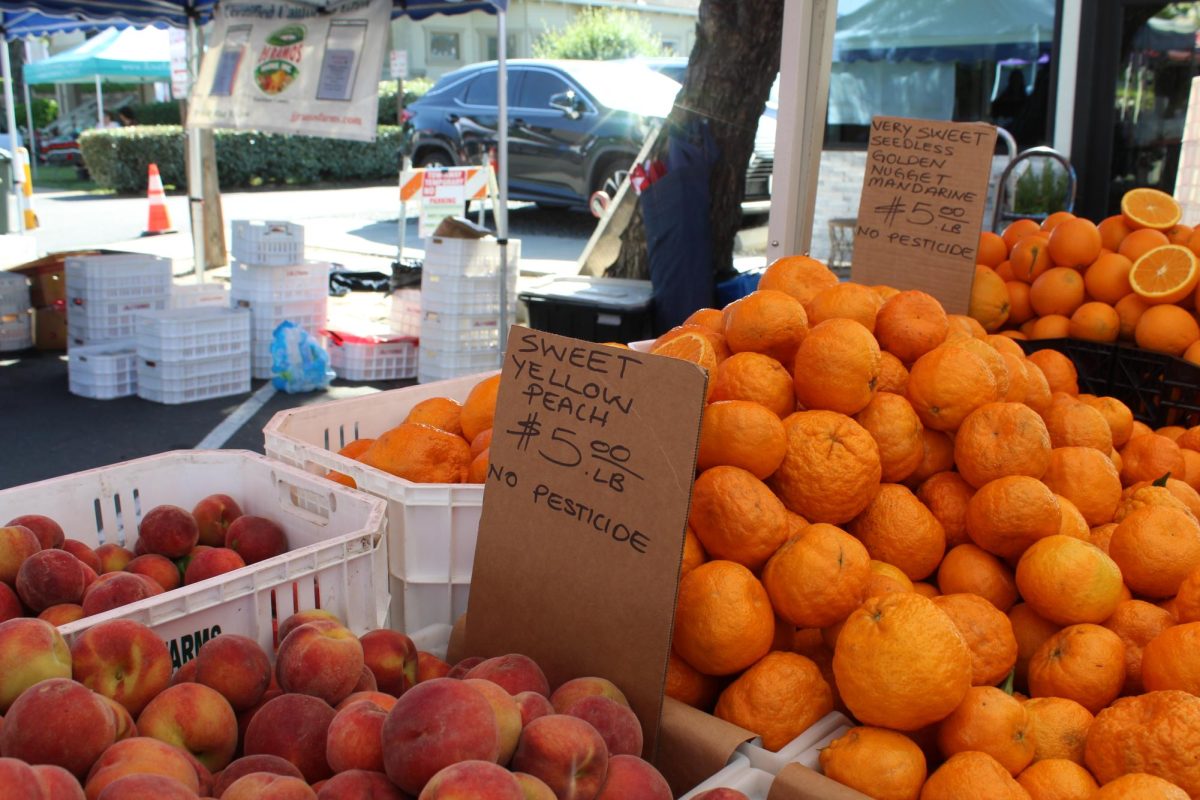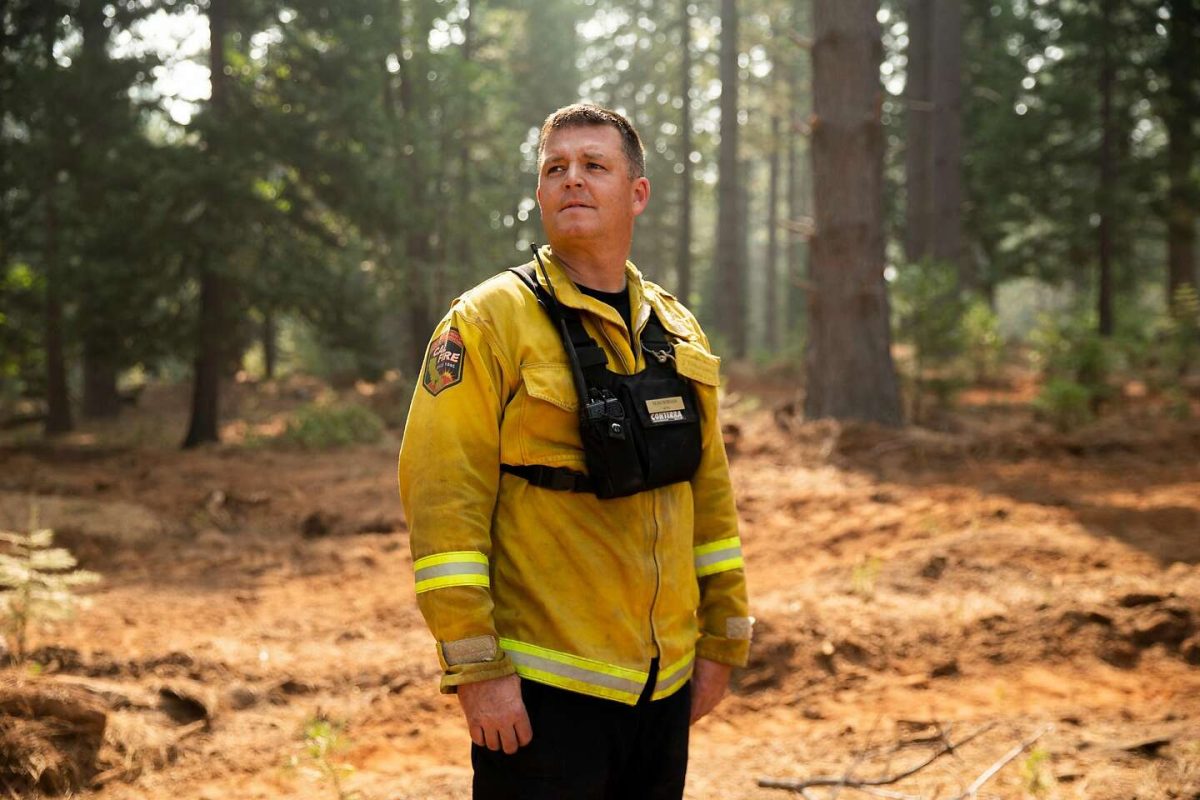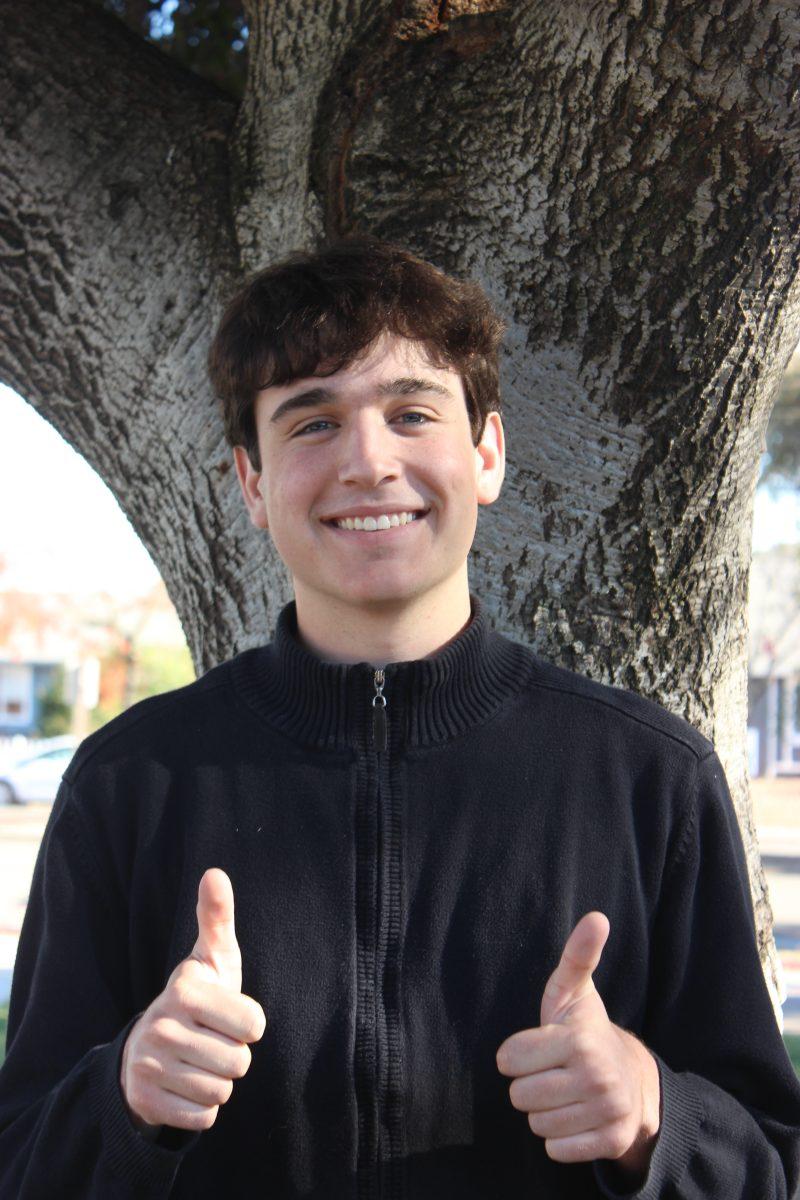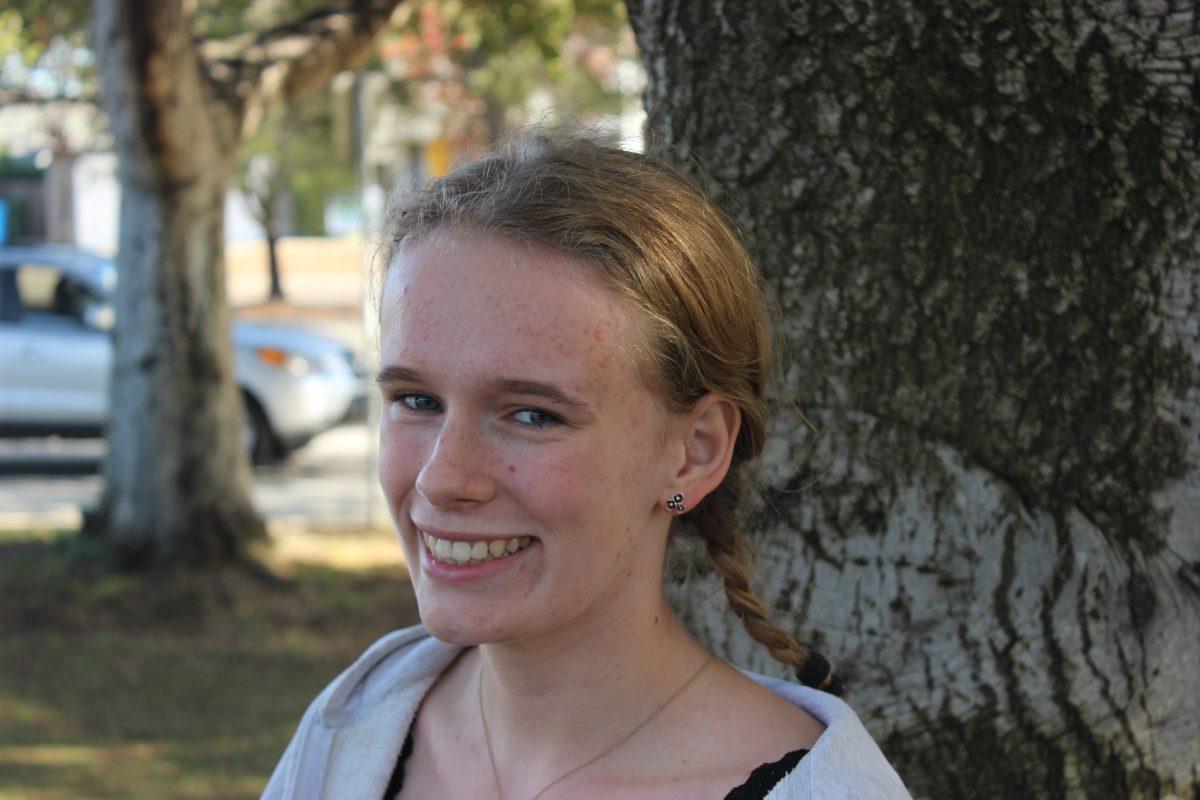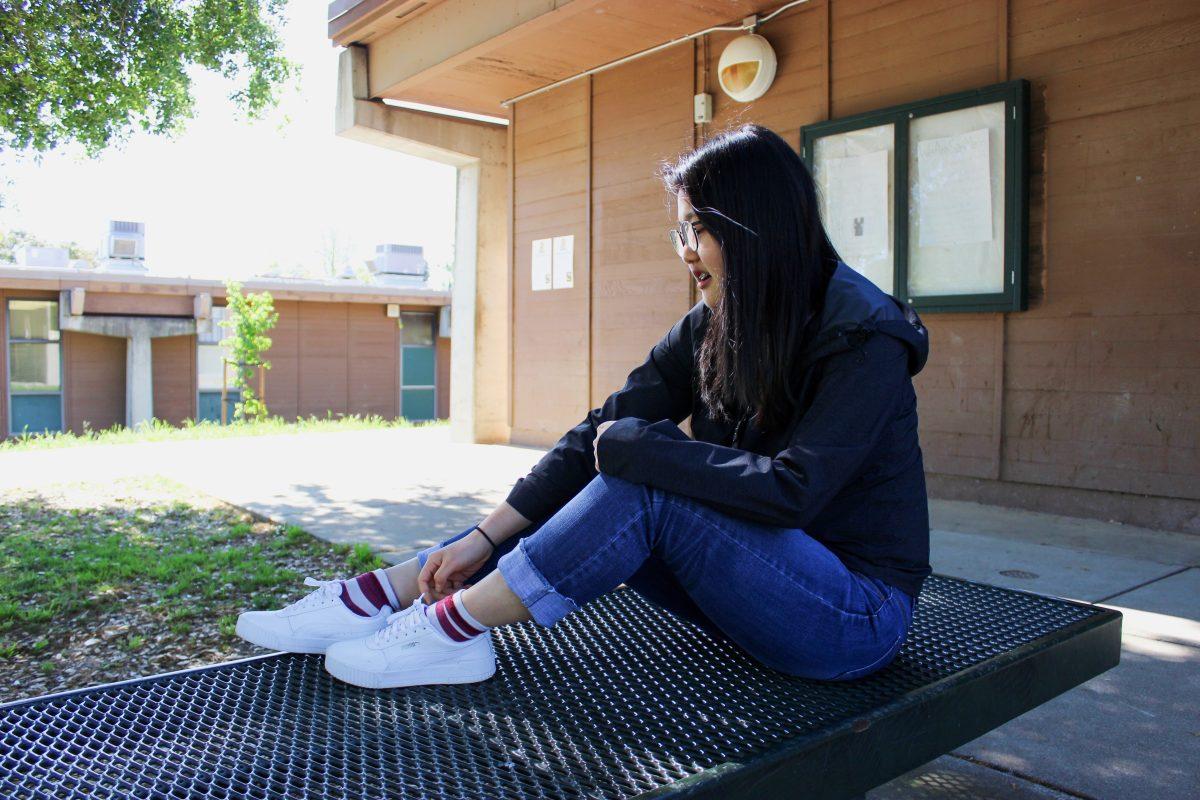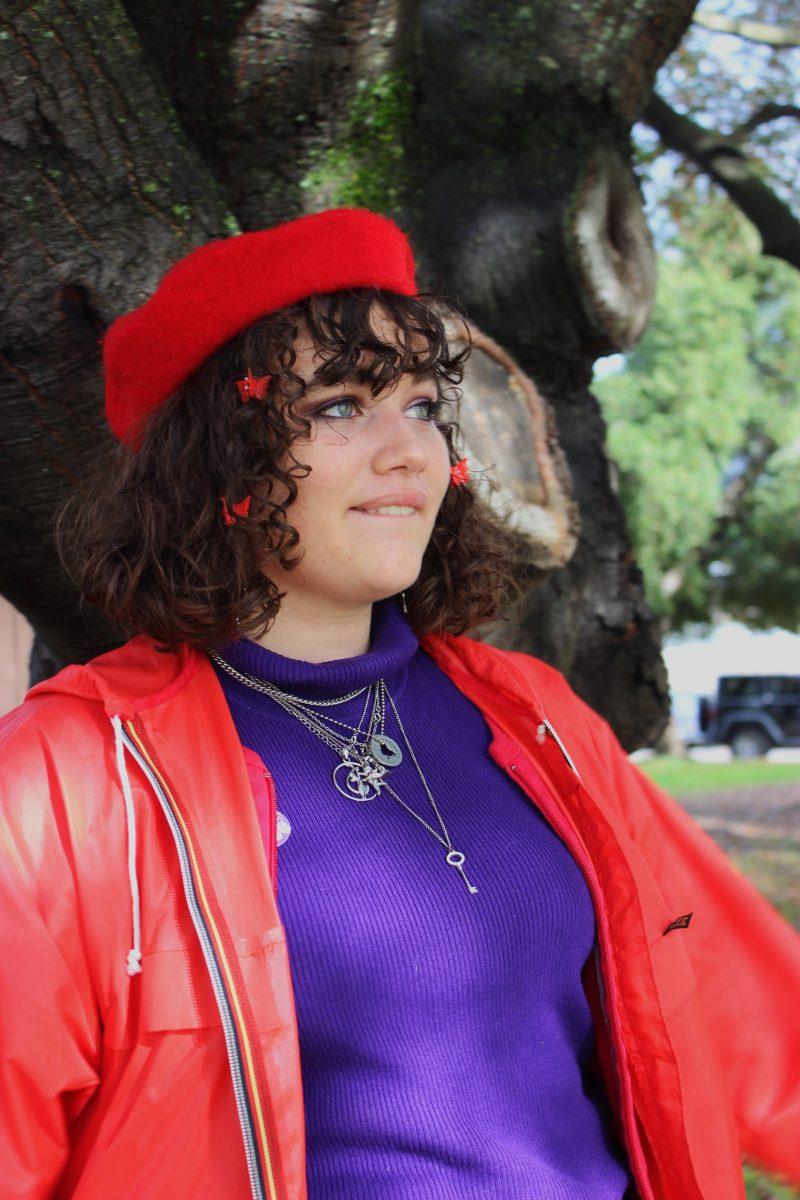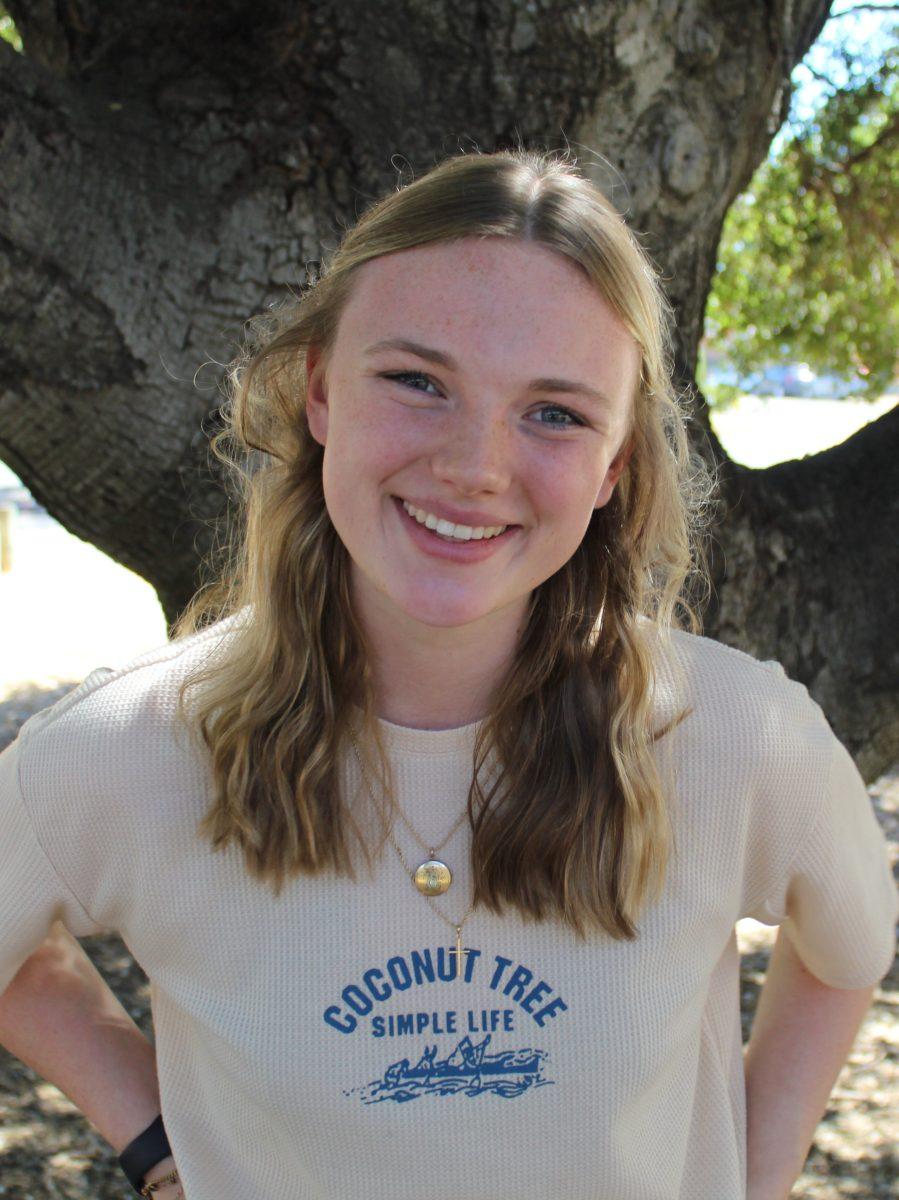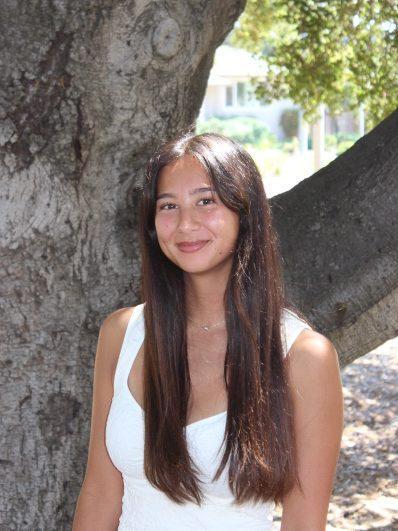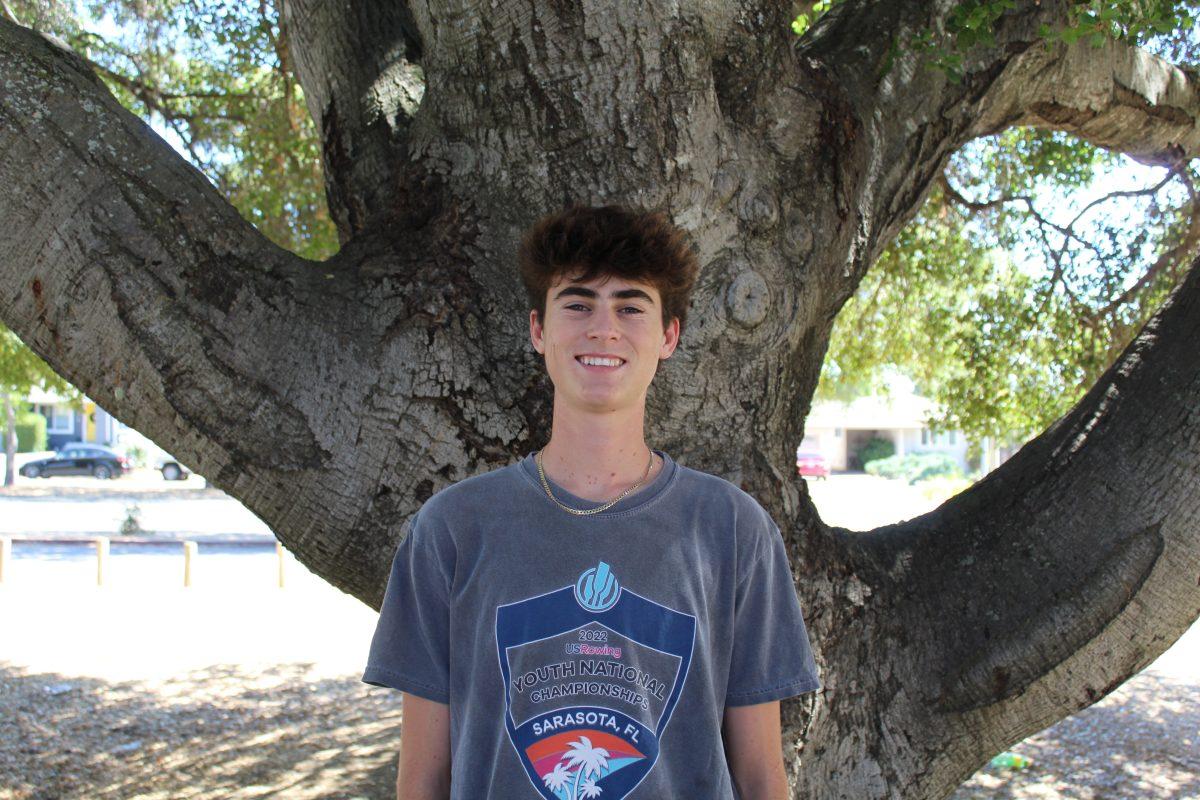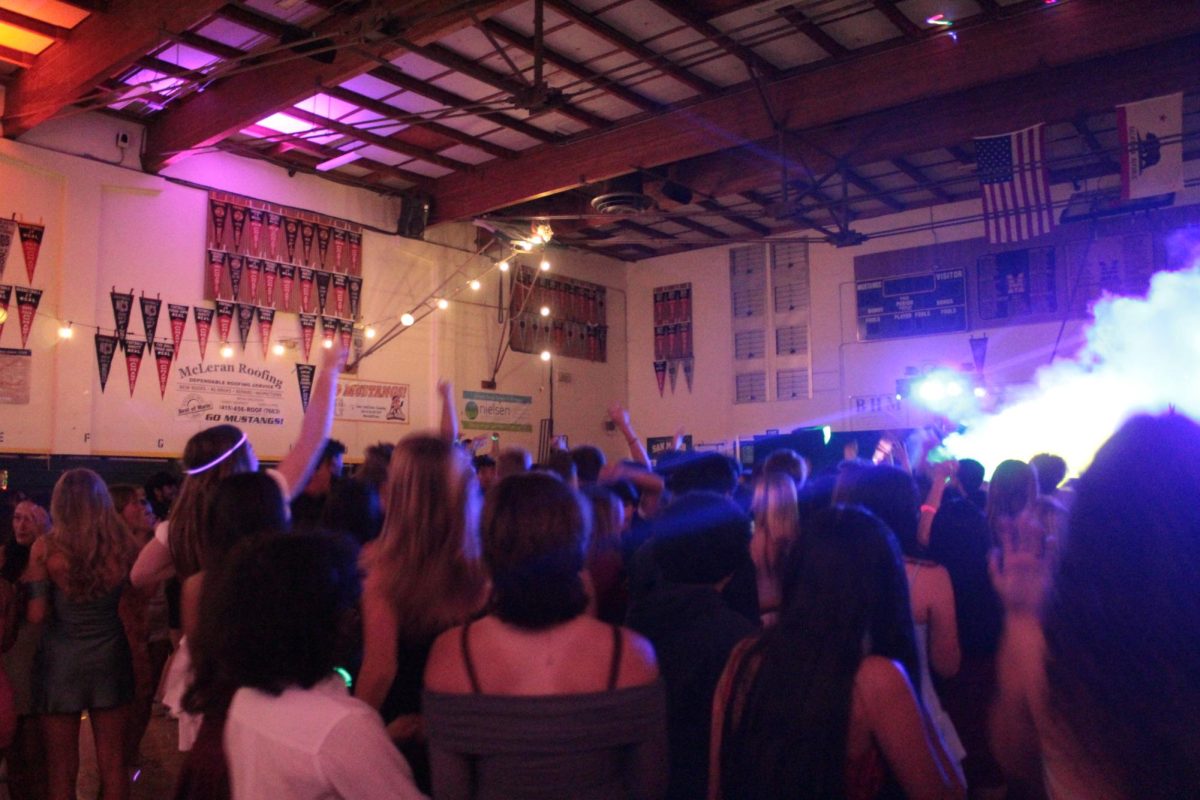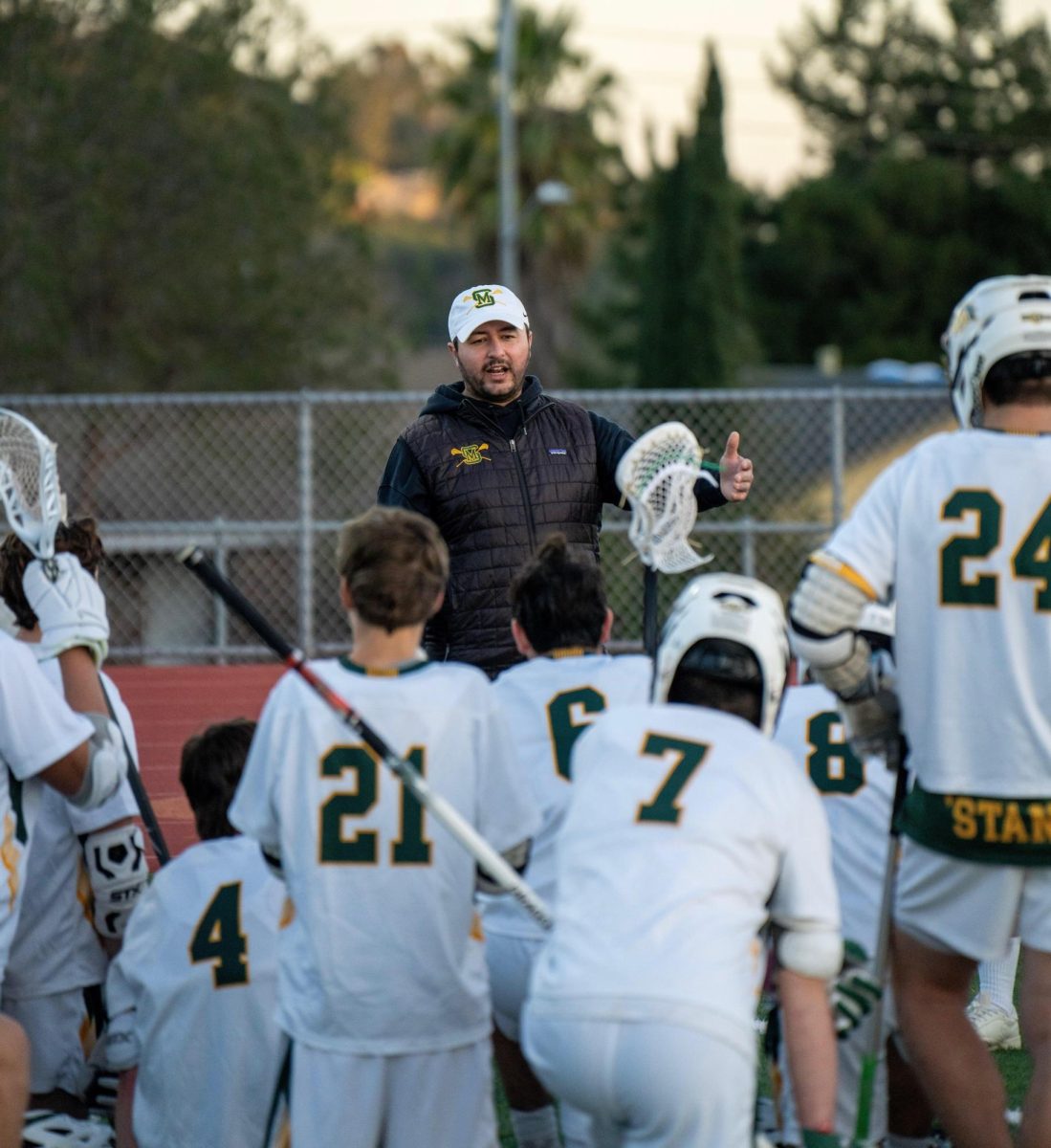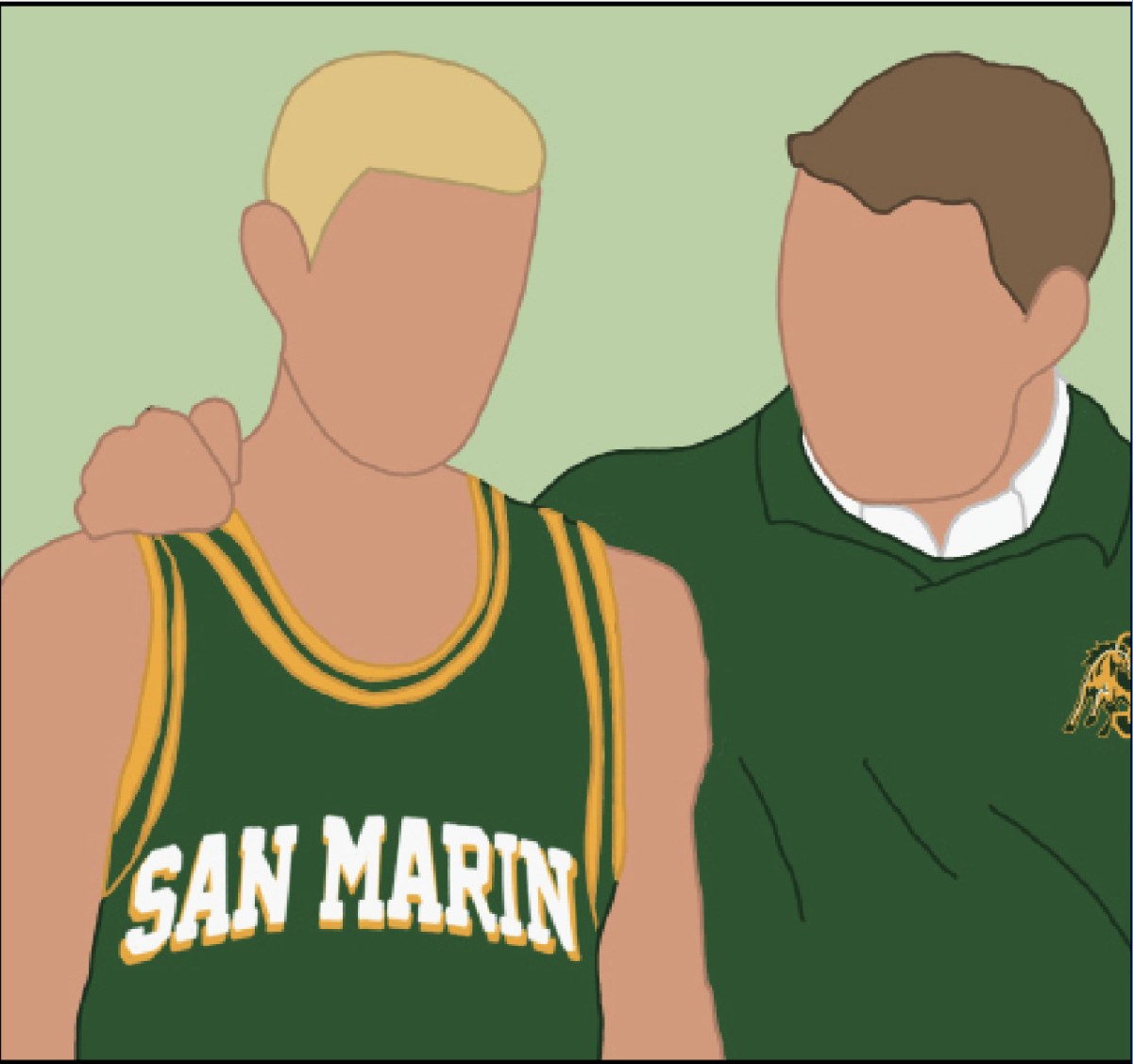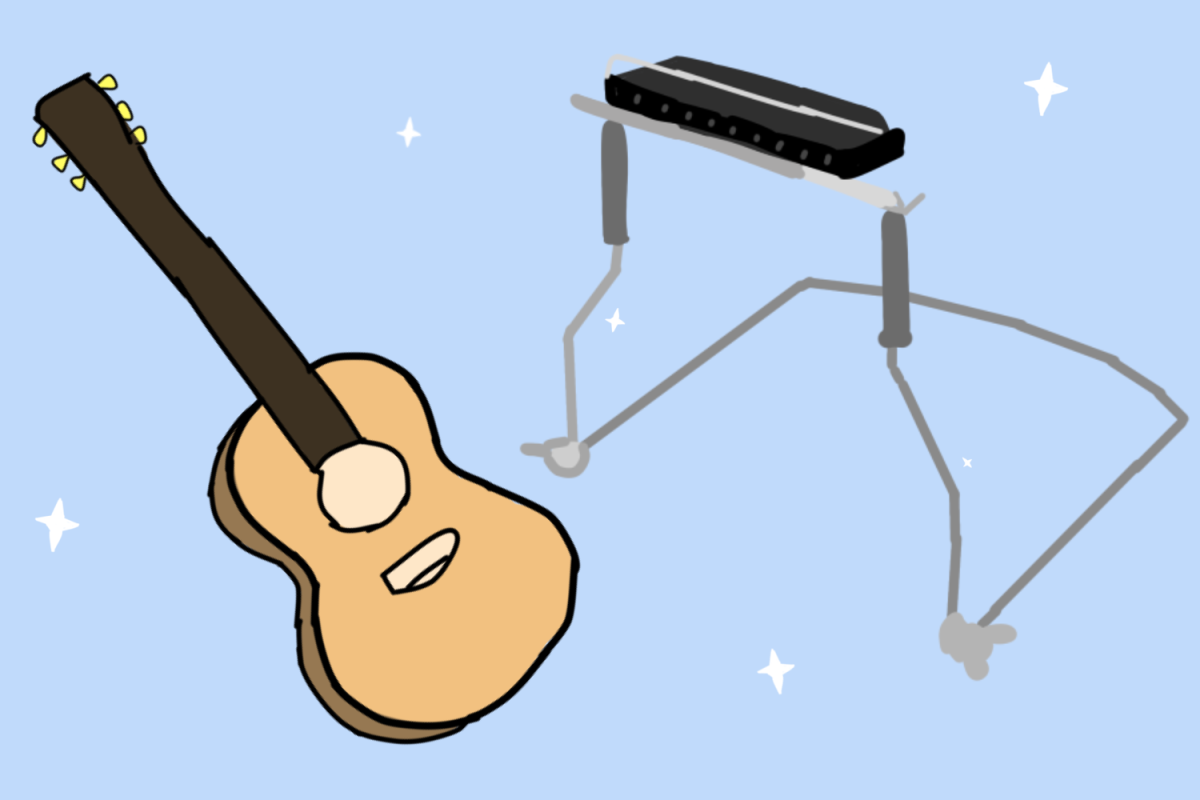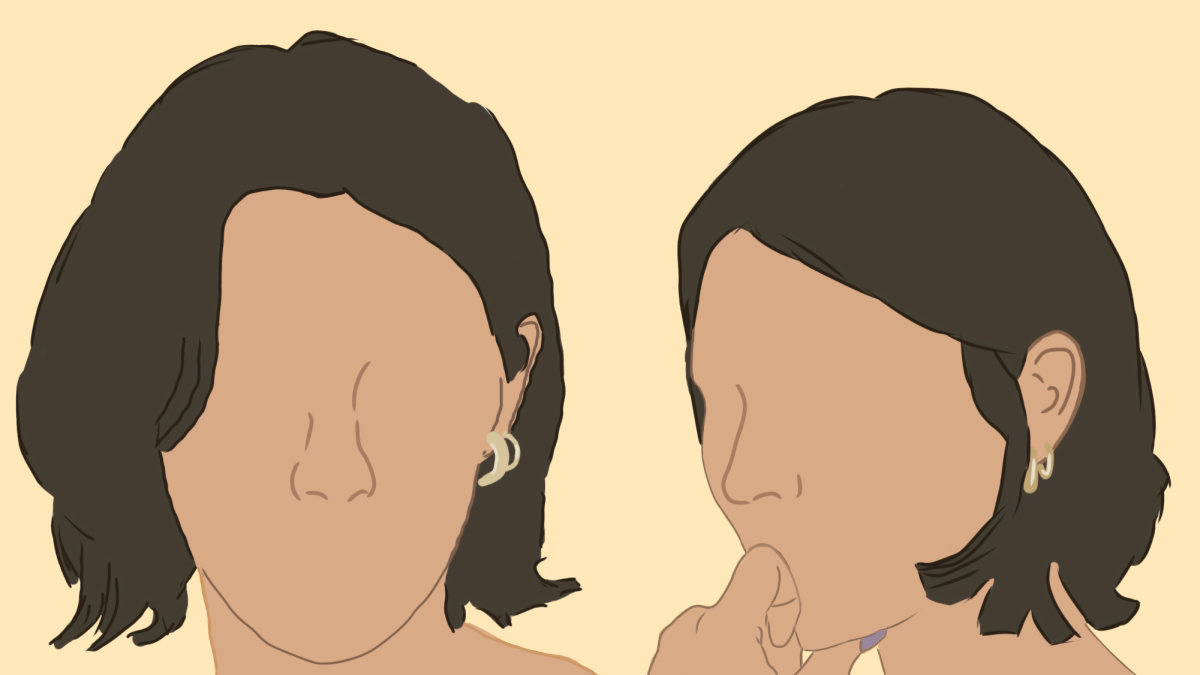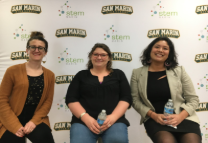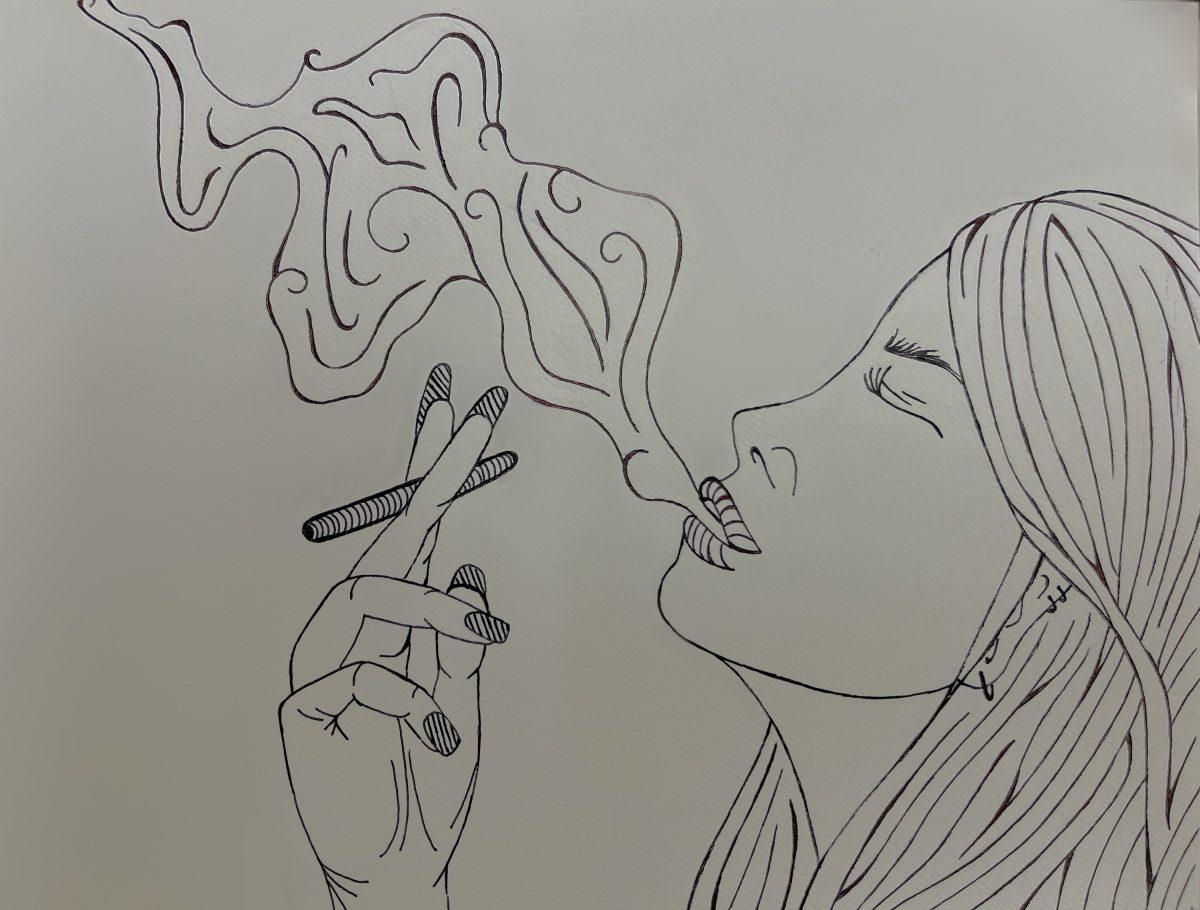On March 27, a Women In Stem and Engineering seminar featured three women who have had or currently have careers in various STEM fields. These women included Danielle Tan, a technical scientist in translational biology for BioMarin; Roxanne Croze, a scientist II at 4D Molecular Therapeutics; and Adrienne Buell Beccera, a former strategy data analytics leader at Facebook and a current head of data science for a startup called TechsNow.
In the past, women have been less involved in STEM- based careers than men, and this seminar, along with the many STEM programs in schools around the world, has worked to influence female students to become more involved in science. According to the National Science Federation, women make up approximately 43 percent of all STEM workers nationally, the same ratio as in San Marin’s STEM program.
The STEM Marin program was founded at San Marin in 2013 and currently contains 376 students and features two pathways, Biotech and STEM. Freshman STEM teacher Nicholas Williams hopes this program will help students who desire to work in a STEM-related field.
“As a nation, we are continuing to make progress with getting women into STEM careers,” Williams said, “but it’s a slow process and one that everyone needs to continue working towards to ensure that all of the brilliant and talented women are able to pursue all the things that they are interested in, including all the different STEM subjects.”
San Marin STEM teachers have also noticed a gender divide in the different programs, with women forming the majority of Biotech students and men forming the majority of STEM students. Teachers had hoped that these speakers would influence students to consider both pathways and other fields in STEM.
“When we opened up a Biotech pathway and a STEM pathway, one of the unintentional consequences we saw was that tons of girls went into Biotech and tons of boys went to the STEM side,” Williams said. “Looking at national statistics, women are more likely to major in biological science. About 60 percent of graduates are women, but if you look at engineering, 60 to 80 percent of graduates are men.”
Senior STEM teacher Claudio Tronconi attributes the inequality to commonly held beliefs about engineering.
“There is a misconception in engineering that it is a male profession, but that is not the case,” Tronconi said. “There are many successful women engineers in the world.”
Senior STEM student Emma Reid acknowledged these beliefs.
“There definitely is some competition [in STEM] and employers usually will pick the male because they believe it is more of a male type of thing,” Reid said.
While the attendance for this event was sparse, with three students and four adults, the speakers discussed their scientific journey and also gave advice for students. A topic that came up repeatedly was the importance of taking chances.
“The biggest thing for me has been taking the opportunities when they come around and not being scared to do what I want and go get what I want,” Croze said.
Tan added that it is important to “be brave and courageous and just take that leap, even when it might seem like a really scary thing.”
As this seminar was focused on women in STEM, the speakers also added that taking these chances includes taking charge in a position of leadership or positions that have historically not been held by women.
Beccera summarized her point by saying that there are not “enough women leaders out there” and elaborated further by expressing that this is caused by a feeling of “imposter syndrome” that is common with women in every workplace.
“Imposter syndrome is basically that you’re in a place and you don’t belong, that you’re not good enough to be there and that you got there by mistake or by luck and not by your skills,” Croze said. “This feeling stunts a women’s growth in her workplace and especially in the science field where there is less gender diversity.”
In addition to discussing breaking gender stereotypes, the speakers also expressed that it is not crucial to know exactly what you want to do with your life, and that experimenting with different fields can help.
